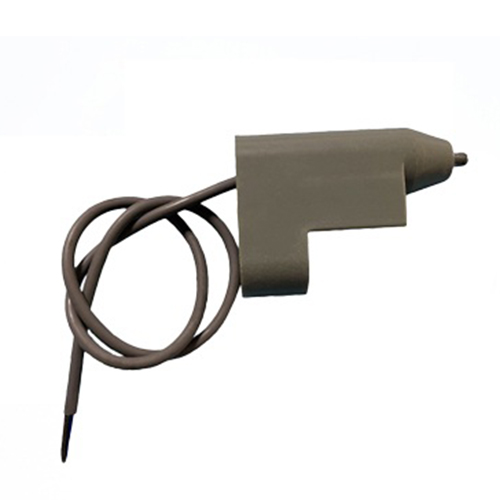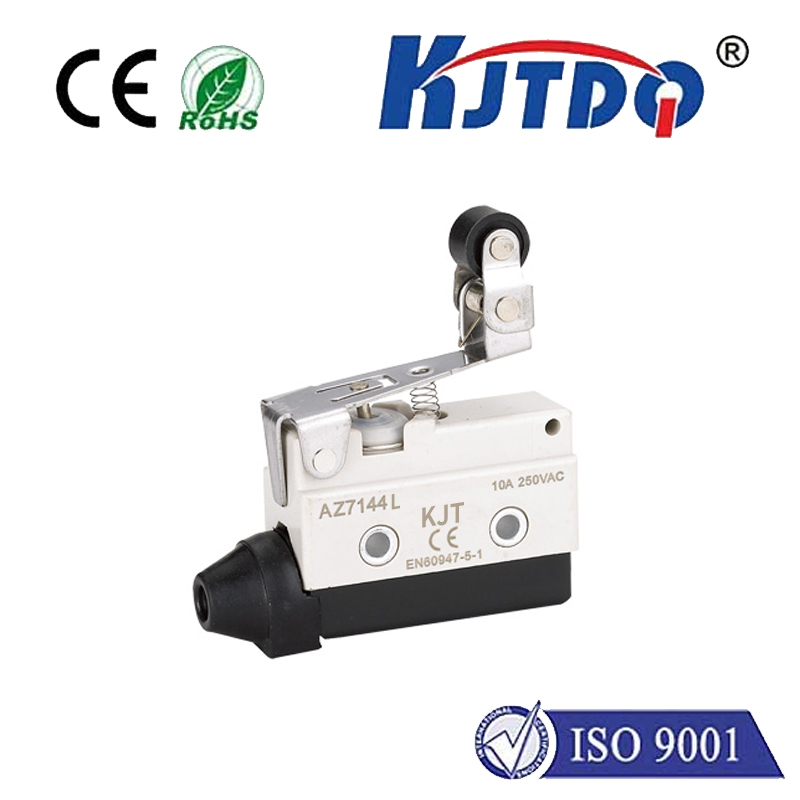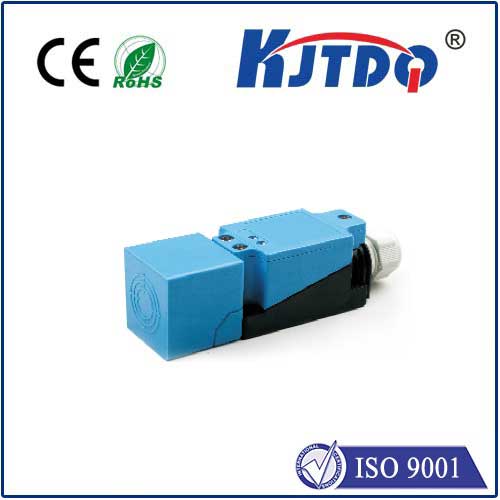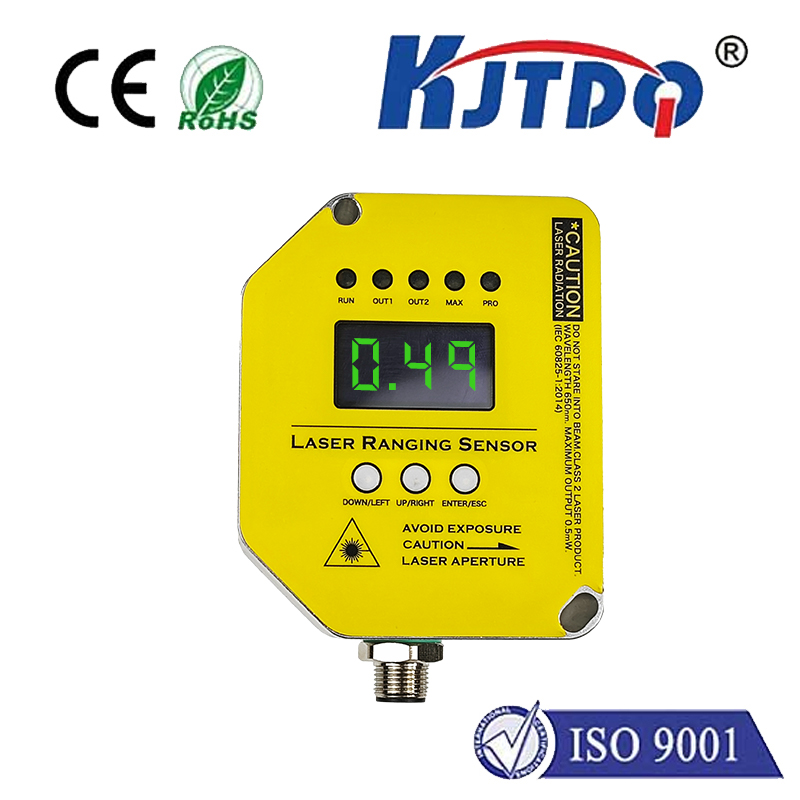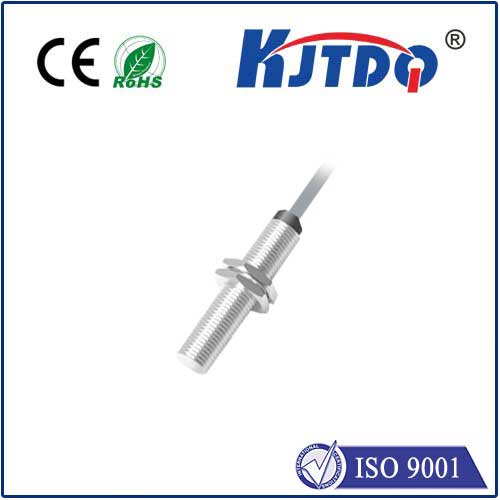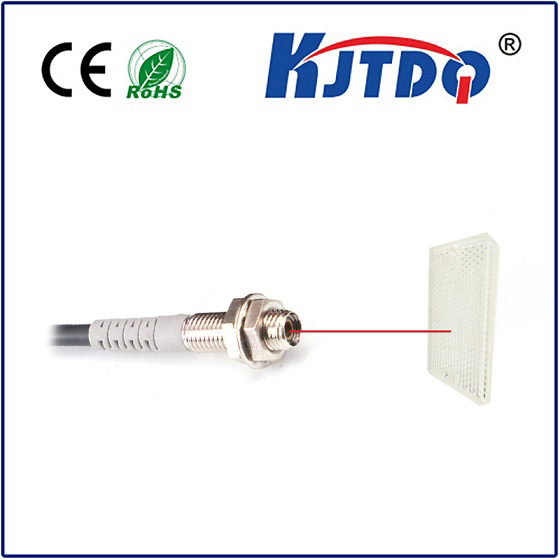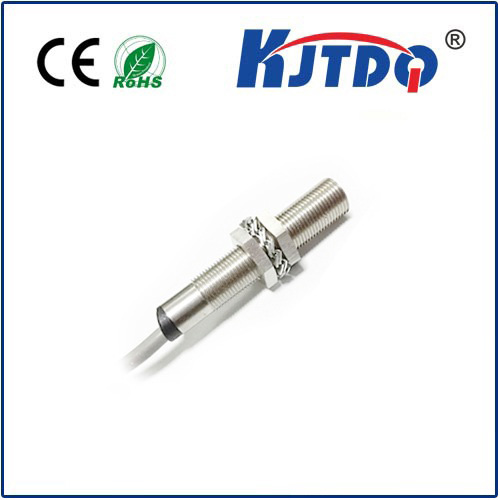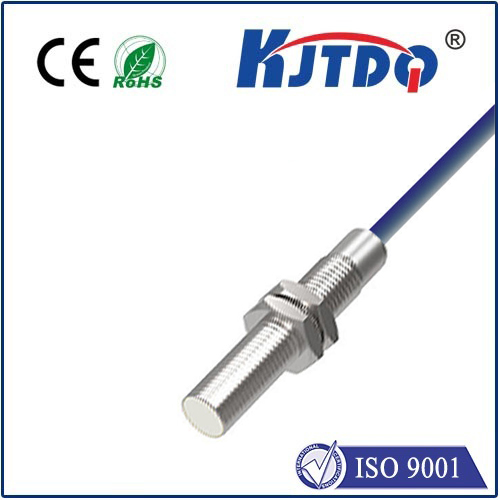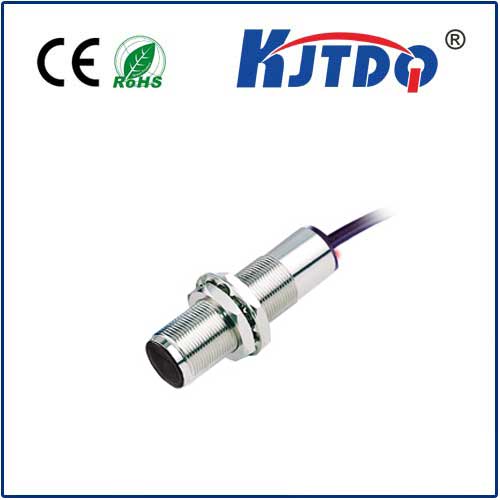optical chemical sensor
- time:2025-08-14 16:45:44
- Click:0
Optical Chemical Sensors: Illuminating Detection Through Light
Imagine a tiny device, no larger than a grain of rice, continuously monitoring the purity of drinking water in real-time. Or picture a compact probe instantly analyzing a patient’s blood markers during surgery. These aren’t scenes from science fiction; they are becoming reality thanks to optical chemical sensors. These sophisticated devices harness the power of light to detect and quantify specific chemical substances with remarkable precision, transforming fields from healthcare and environmental protection to industrial process control. By interacting with light in a predictable way when a target analyte is present, these sensors offer a window into the chemical composition of our world.
The Guiding Light: Core Principles of Optical Sensing
At their heart, optical chemical sensors operate on a fundamental principle: the interaction between light and matter changes measurably when a target chemical species binds to or interacts with a specialized recognition element within the sensor. This recognition element – often a carefully chosen dye, antibody, enzyme, polymer, or nanoparticle – is tailored to react selectively with a specific analyte. When this interaction occurs, it alters a particular optical property of the light passing through or reflected from the sensing region.
This alteration can manifest in several measurable ways, forming the basis for detection:

- Absorbance: The target chemical absorbs light at specific wavelengths, reducing its intensity.
- Fluorescence: The recognition element (or a component affected by analyte binding) absorbs light at one wavelength and emits light at a longer wavelength (fluorescence); the analyte’s presence might quench, enhance, or shift this fluorescence signal.
- Luminescence (Chemiluminescence/Bioluminescence): The chemical reaction involving the analyte itself produces light.
- Refractive Index: The binding of analyte molecules changes the local refractive index near the sensor surface, detectable with techniques like surface plasmon resonance (SPR) or interferometry.
- Reflectance/Scattering: Changes in the physical properties (e.g., aggregation) of nanoparticles or other materials upon analyte binding alter how light is reflected or scattered.
A key component is the optrode (optical electrode), which houses the recognition chemistry and facilitates the light interaction. The sensor system then uses an external or integrated optical setup – involving light sources (LEDs, lasers), optical fibers, spectrometers, or photodetectors – to excite the sensor and precisely measure these optical changes, converting them into an electrical signal proportional to the analyte concentration.
A Spectrum of Solutions: Types of Optical Chemical Sensors
The versatility of optical chemical sensing is reflected in its diverse technological implementations:
- Fiber Optic Sensors: These are incredibly versatile workhorses. Optical fibers, typically made of glass or plastic, act as conduits to deliver light to the sensing region (located at the tip or along a modified section of the fiber) and carry the modulated light signal back to the detector. The recognition chemistry is immobilized directly onto or within the fiber. Their flexibility, small size, electrical passivity, and immunity to electromagnetic interference make them ideal for remote sensing in harsh environments (like pipelines or inside the human body) and distributed sensing networks.
- Surface Plasmon Resonance (SPR) Sensors: This highly sensitive technique exploits the excitation of surface plasmons – collective oscillations of electrons at a metal-dielectric interface (usually gold or silver film). Light incident at a specific angle can couple to these plasmons, causing a dip in reflected light intensity. When analyte molecules bind to recognition elements on the metal surface, they alter the local refractive index, shifting the resonance angle or wavelength. SPR sensors are widely used in real-time, label-free detection of biomolecular interactions (e.g., drug discovery, protein analysis).
- Planar Waveguide Sensors: These involve light guidance within a thin film deposited on a substrate (like glass or silicon). Light travels within this waveguide layer via total internal reflection. Sensing occurs when the evanescent field (the light wave extending slightly beyond the waveguide surface) interacts with recognition elements and any bound analyte on the waveguide surface. Changes in absorbance, fluorescence, or refractive index within this evanescent field are detected. They are suitable for lab-on-a-chip devices and multiplexed assays.
- Photonic Crystal Sensors: These utilize periodically structured materials that manipulate light flow, creating photonic bandgaps where specific wavelengths are forbidden. Infiltrating the porous structure of a photonic crystal with an analyte alters its effective refractive index, causing a shift in the bandgap position, detectable as a color change or spectral shift – offering high sensitivity and potential for visual detection.
- Nanomaterial-Enhanced Sensors: Integrating nanomaterials like quantum dots (superior fluorescence), gold nanoparticles (enhancing SPR sensitivity via localized SPR), or graphene (excellent quenching properties) significantly boosts sensitivity, selectivity, and response speed. Nanomaterials provide high surface area and unique optical properties ideal for sensing.
Why Choose Light? Key Advantages Unveiled
Optical chemical sensors offer compelling advantages over traditional electrochemical or other sensor types:
- High Sensitivity and Selectivity: Advanced recognition chemistries and optical techniques enable detection of trace analytes down to parts-per-billion (ppb) or even trillion (ppt) levels with excellent discrimination against interfering substances.
- Real-time or Near Real-time Monitoring: Many optical sensing platforms provide continuous, in-situ monitoring capabilities, crucial for process control and dynamic biological studies.
- Electrical Safety and Passivity: The absence of electrical currents at the sensing site makes them intrinsically safe for use in explosive atmospheres and ideal for biomedical applications within the human body. Their immunity to electromagnetic interference is a major plus in industrial settings.
- Remote Sensing Potential: Optical fibers enable measurements over long distances (kilometers), accessing difficult or hazardous locations without placing complex electronics there.
- Multiplexing Capability: Different recognition chemistries can often be integrated onto a single optical platform (e.g., multiple sensing spots on a fiber bundle or waveguide) allowing simultaneous detection of several analytes from a single sample. Label-free detection, common in SPR and interferometry, simplifies assay design.
- Minimal Sample Consumption: Many configurations require only tiny volumes of sample, beneficial for precious or limited biological samples.
- Durability: Certain types, especially robust fiber optic sensors, can withstand harsh chemical or physical environments where other sensors fail.
Illuminating Diverse Applications
The unique capabilities of optical chemical sensing drive their adoption across countless sectors:
- Environmental Monitoring: Detecting pollutants (heavy metals like lead, pesticides, nitrates, phosphates) in groundwater, rivers, oceans, and industrial effluents. Monitoring atmospheric gases (CO2, methane, ozone) for air quality assessment and climate studies.
- Biomedical Diagnostics & Healthcare: Real-time monitoring of blood gases (pCO2, pO2, pH), glucose levels (crucial for diabetes management), biomarkers for disease diagnosis (cancer, cardiac markers), and drug concentrations. Used in point-of-care testing (POCT) devices, wearable sensors, endoscopes, and lab












